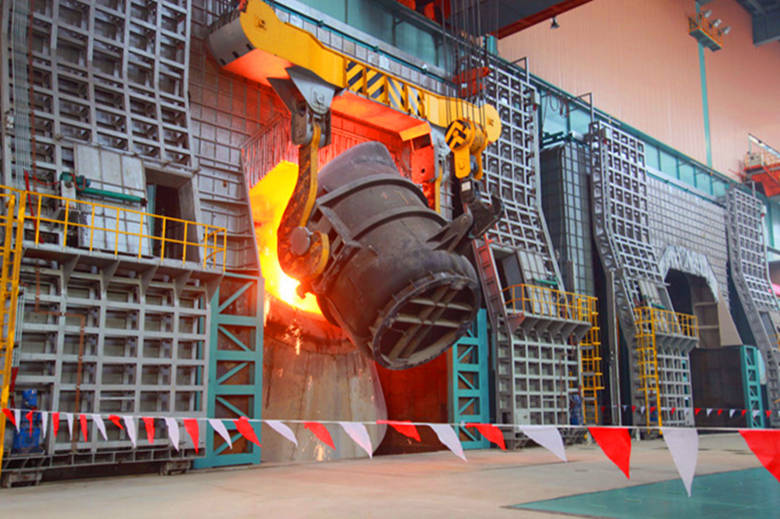
Influence of Chemical Elements on Properties of Steel Plates
When it comes to the factors influencing steel plate properties, chemical elements play a vital role. Different chemical element contents and interactions can significantly change the properties of steel plates, including hardness, strength, plasticity, corrosion resistance, etc.
First of all, carbon is one of the most important elements in steel, which can affect the hardness and strength of the steel plate. Steel plates with high carbon content generally have higher hardness and strength, but at the corresponding sacrifice of some ductility. Steel sheets with lower carbon content are more ductile, but generally less strong. By controlling the carbon content, the appropriate steel plate can be selected according to the needs of a specific application.
Another important element is iron. Iron is the main component of steel, which can provide the strength and plasticity of the steel plate. At the same time, the purity of iron also has an important influence on the properties of steel plates. High-purity iron can provide better strength and corrosion resistance, while iron with higher impurities may cause brittleness and low strength of the steel plate. Therefore, maintaining the purity of iron is crucial.
In addition to carbon and iron, there are some other chemical elements that affect the properties of steel plates. For example, adding an appropriate amount of chromium can increase the corrosion resistance of the steel plate, allowing it to be used for a long time in a humid and corrosive environment. Adding molybdenum can improve the strength and toughness of the steel plate to adapt to high-stress application scenarios. The addition of manganese can improve the toughness and wear resistance of the steel plate.
In addition, the content of other elements such as sulfur, phosphorus, nitrogen, oxygen, etc. will also affect the performance of the steel plate. The increase of sulfur and phosphorus content may lead to embrittlement of the steel plate, while the control of oxygen and nitrogen content can improve the plasticity and toughness of the steel plate.
In short, the influence of chemical elements on the properties of steel plates is complex and important. By reasonably controlling the content of different elements, steel plates that meet specific requirements can be produced, such as high strength, high hardness, corrosion resistance, etc. Therefore, the consideration of chemical elements is crucial in the design and selection process of steel products.







